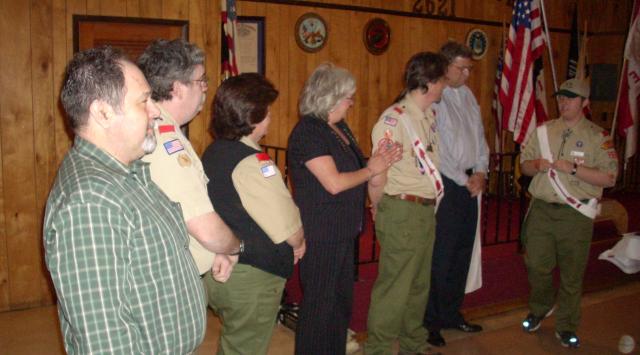In a
blog post on the SAP Community Network, I noted our switch from fossil/nuclear/other fuel to 100% wind power. Several comments came back, one being from
Marilyn Pratt, linking to a state-by-state green power list from
www.awea.org. As I looked through this reference (starting at
New Jersey) I recognized 2, or more, ways to access wind power:
- From your local utility
- Through your local utility
The first case is where your local utility, whether voluntarily, or through regulatory requirement, generates electricity that doesn't generate carbon dioxide, or that is from renewable sources. This green power might be a set portion of the electricity you use, or you may be able to choose how much green power you want to consume.
The second case is when your local utility isn't your power supplier, just the power delivery system. You can choose to buy your power from a variety of suppliers, including 100% wind, 100% solar, or other choices. We've gone with wind.
A few links:
This last is a 49 page document titled "Green Power Marketing in the United States: A Status Report (11th Edition)", by Lori Bird, Claire Kreycik, and Barry Friedman. I'm still reading through this, but have found several fascinating observations.
Appendix B. Top 25 Purchasers in the U.S. EPA Green Power Partnership, July 2008This shows large corporations and municipalities that have progressed in the adoption of alternative energy sources. For example, at number 15 is Starbucks, showing 22% of energy use from wind sources. Who knew?
Nine states, and the District of Columbia, allow consumers to purchase competitive electricity. That's not many; a majority of these are in the northeastern United States. Under "Customer Participation" starting on page 5, it looks like under 1,000,000 consumers have chosen to go green. So far.









